
SQL Server Joins Explained Simply
The SQL Server joins simply and clearly. Joins are a significant idea to any database worker. It addresses the various joins such as INNER JOIN, LEFT JOIN, RIGHT JOIN, FULL JOIN, CROSS JOIN and SELF JOIN. All of them are described using examples and a table of summary to illustrate the way each type works. The knowledge of joins assists you in retrieving the appropriate data in numerous tables within a database.
SQL Server Joins-Simplified Explanation
A Join in SQL Server is applied to merge information of two or more tables using a related column. In relational databases, joins are vital since they enable you to collect information that is distributed in various tables meaningfully.
Why Joins Are Important
Joins help you:
- Fetch data from multiple tables at once.
- Work with normalized database structures.
- Write powerful queries that reflect real-world relationships between data.
Main Types of Joins in SQL Server:
1. INNER JOIN
An INNER JOIN will only bring out the matching rows of both tables. When one row with respect to a table fails to will match with at least some other row in the other table according to the join key, that row is left out of the result list.
Example:
- SELECT E.EmployeeID, E.Name, D.DepartmentName
- FROM Employees E
- INNER JOIN Departments D ON E.DepartmentID = D.DepartmentID
This query retrieves the EmployeeID, Name from the Employees table and the DepartmentName from the Departments table, but only for employees who are assigned to a department (i.e., where E.DepartmentID matches D.DepartmentID)
2. LEFT JOIN (LEFT OUTER JOIN)
LEFT JOIN (or LEFT OUTER JOIN) also returns all rows in the left table (the table listed first before the LEFT JOIN keyword) together with the matched rows in the right table. When a row in the left table has no match in the right table, then the columns of the right table will be filled with NULL values.
Example:
- SELECT E.EmployeeID, E.Name, D.DepartmentName
- FROM Employees E
- LEFT JOIN Departments D ON E.DepartmentID = D.DepartmentID
This query retrieves all employees from the Employees table, along with their department name if they are assigned to a department. If an employee is not assigned to any department, the DepartmentName column will contain NULL.
3. RIGHT JOIN (RIGHT OUTER JOIN)
A RIGHT JOIN (or RIGHT OUTER JOIN) is the reverse of a LEFT JOIN. It brings back all rows of the right table (that table which is mentioned after the keyword RIGHT JOIN) and the matched rows of the left table. In case the left table is not matched with the right table, the left table columns will be having NULL values.
Example:
- SELECT E.EmployeeID, E.Name, D.DepartmentName
- FROM Employees E
- RIGHT JOIN Departments D ON E.DepartmentID = D.DepartmentID
This query retrieves all departments from the Departments table, along with the EmployeeID and Name of any employees assigned to that department. If a department has no employees assigned to it, the EmployeeID and Name columns will contain NULL.
4. FULL JOIN (FULL OUTER JOIN)
A FULL JOIN (also FULL OUTER JOIN) results in the reporting of all rows in both tables. In case of non matching of tables, columns of the non matching table will be filled with NULLs. This join is basically the combination of outcomes of LEFT and RIGHT JOIN.
Example:
- SELECT E.EmployeeID, E.Name, D.DepartmentName
- FROM Employees E
- FULL OUTER JOIN Departments D ON E.DepartmentID = D.DepartmentID
- SELECT E.EmployeeID, E.Name, D.DepartmentName
- FROM Employees E
- FULL OUTER JOIN Departments D ON E.DepartmentID = D.DepartmentID
This query retrieves all employees and all departments. If an employee is not assigned to a department, the DepartmentName will be NULL. If a department has no employees, the EmployeeID and Name will be NULL.
5. CROSS JOIN
CROSS JOIN results in Cartesian product of both tables. This implies that each row in table one will be combined with each row in table two. The set of result will be having the potential combinations of row of the two tables. The CROSS JOIN does not even have an ON clause.
Example:
- SELECT E.Name, D.DepartmentName
- FROM Employees E
- CROSS JOIN Departments D
- SELECT E.Name, D.DepartmentName
- FROM Employees E
- CROSS JOIN Departments D
This query will return every possible combination of employee names and department names. If the Employees table has 10 rows and the Departments table has 5 rows, the result set will contain 50 rows.
6. SELF JOIN
A SELF JOIN is applicable in the case when the table is matched with itself. It comes handy in a case where there is hierarchical relationship in the table e.g., Employees and their managers, which are in the same table.
Example:
- SELECT E1.Name AS Employee, E2.Name AS Manager
- FROM Employees E1
- INNER JOIN Employees E2 ON E1.ManagerID = E2.EmployeeID
In this example, the Employees table is joined to itself to find the manager of each employee. E1 represents the employee, and E2 represents the manager. The ManagerID column in the Employees table is used to link employees to their managers.
Summary Table
| JOIN Type | Matches | Non-matches from Left | Non-matches from Right |
|---|---|---|---|
| INNER JOIN | ✅ | ❌ | ❌ |
| LEFT JOIN | ✅ | ✅ | ❌ |
| RIGHT JOIN | ✅ | ❌ | ✅ |
| FULL JOIN | ✅ | ✅ | ✅ |
| CROSS JOIN | All combinations | — | — |
| SELF JOIN | Within same table | — | — |
Conclusion:
SQL makes use of joins to bring in the combined information of more than one table and make the entire result. The selection of the type of join will depend on the relationship that exists between tables and the output that is required. Knowing the operation of each of the joins also guarantees effective and precise data retrieval.


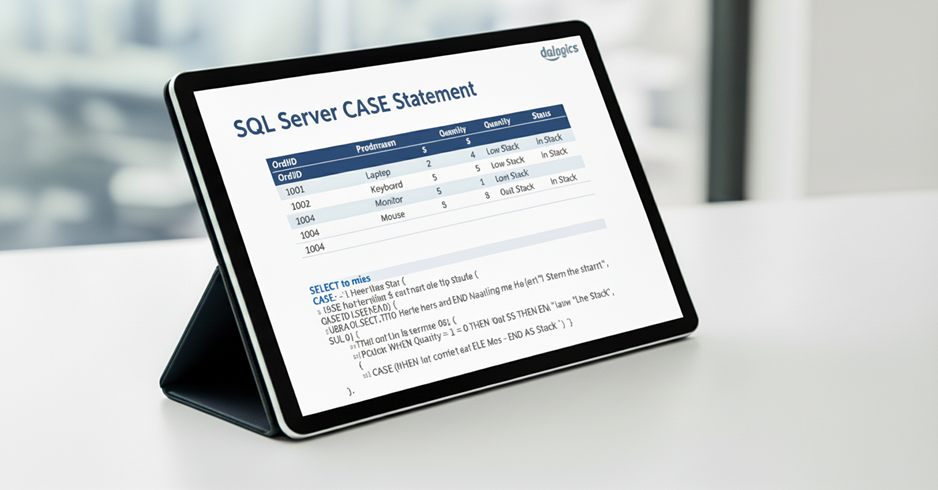
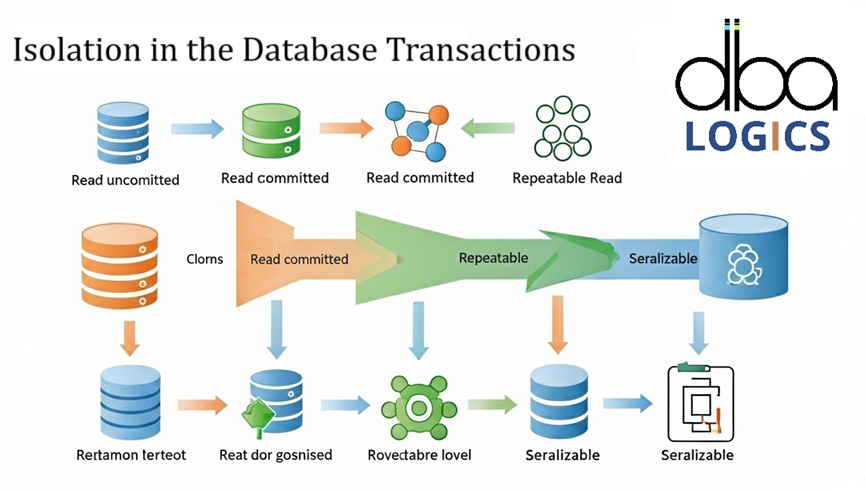
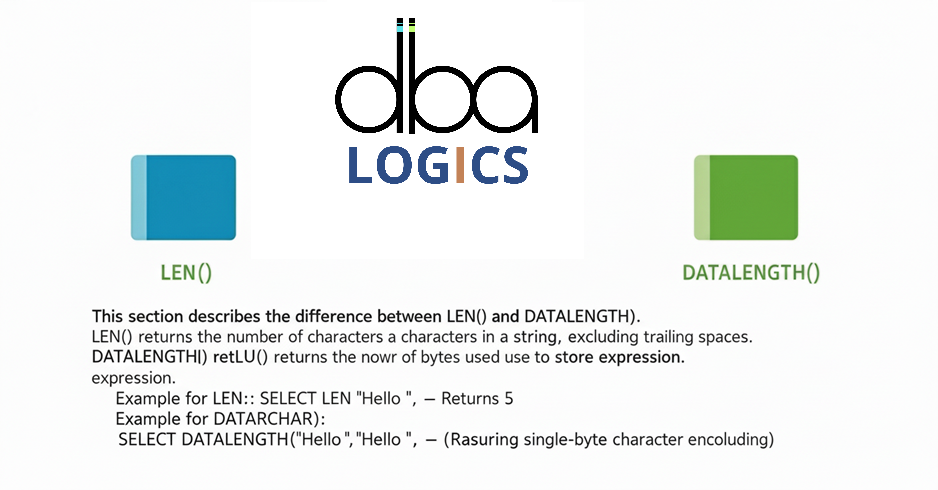

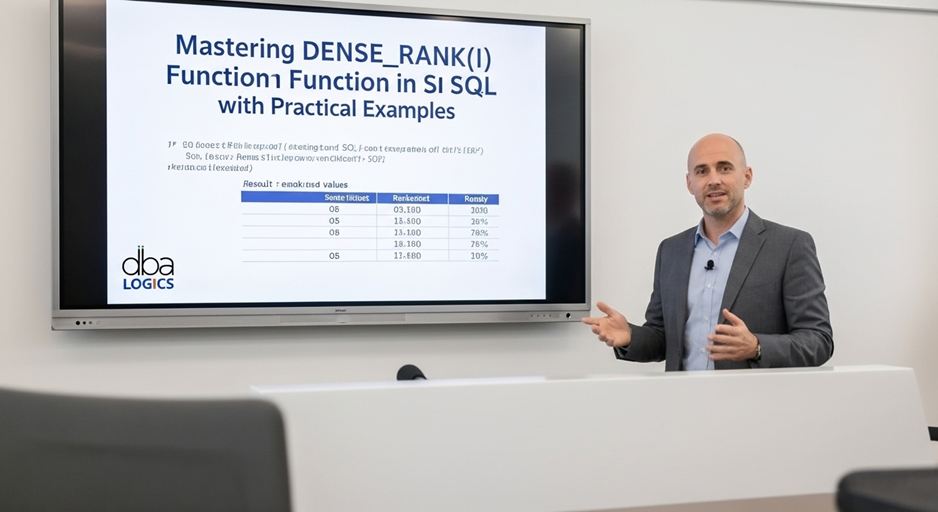

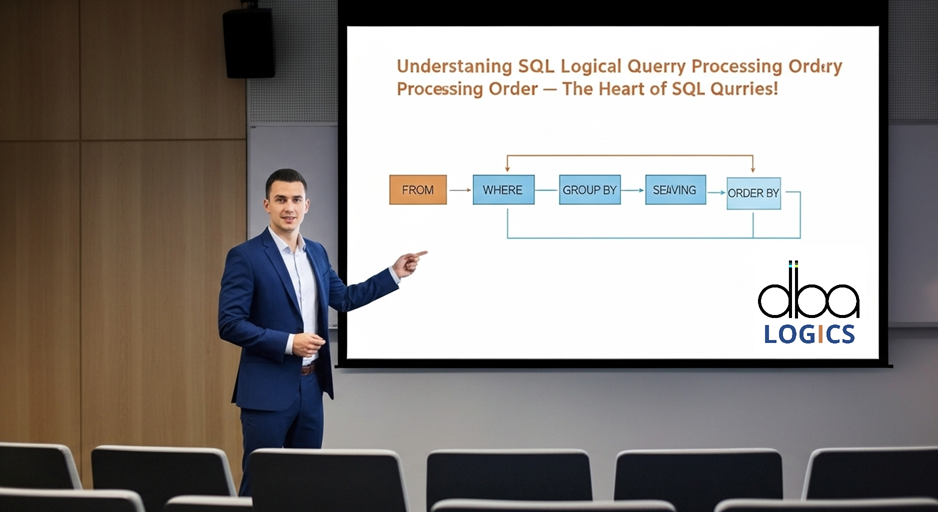


Post Comment
Your email address will not be published. Required fields are marked *